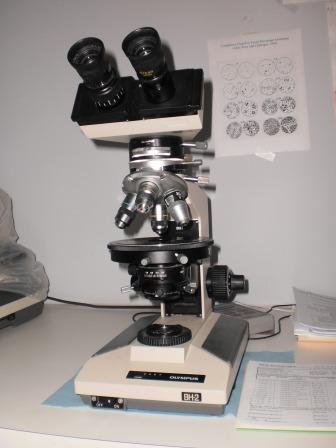Polarized Light Microscopy Methods
Polarized Light Microscopy is primarily used to identify asbestos in bulk samples of building materials. It forms the basis for the identification and classification of asbestos containing materials (ACM) such as thermal system insulation, spray applied plasters and coatings, floor tile, ceiling tile, construction adhesives, and caulks.
TEM Environmental is accredited by the National Voluntary Laboratory Accreditation Program (NVLAP 101130-0) for the analysis of asbestos in bulk samples. Our Lab Code is 101130-0
Bulk Samples
BULK SAMPLES
EPA Method 600/R-93/116The analysis includes testing of bulk building materials for asbestos by performing a visual estimation using the EPA Method 600/R-93/116. This method is the most widely used method for estimating asbestos is bulk building materials and works well for most sample types. However, it might require the more detailed method of point counting for accurate estimation of asbestos in samples with low asbestos concentration. This method is also not applicable for samples containing large amounts of fine fibers below the resolution of the PLM (< 0.3 microns).
PLM Gravimetric (Chatfield or NYS NOB)The analysis includes a detailed and very labor-intensive testing of bulk building materials for its organic components, inorganic acid-soluble and insoluble components. Analysis of sample can be performed by either PLM or TEM depending on the size of the fibers expected in the sample. Currently the New York State Department of Public Health Laboratory Method 198.6 " Polarized Light Microscopy Method for the Identification and Quantification of Asbestos in Non-Friable Organically Bound Samples" is the preferred method.
EPA Point Count - 400 PointsThe analysis includes testing of bulk building materials for asbestos by performing 400 point counts (EPA 600/R-93/116). This is a detailed and more labor-intensive technique for estimating asbestos in a building material and is less subjective than a visual estimate. While the visual estimation of asbestos in a building material works well for most samples, this methodology can be very important when low asbestos concentration in a building material is suspected or detected. This methodology, which has a detection limit of 0.25%, increases the accuracy and precision of the asbestos concentration determined in a sample and is widely used to comply with NESHAP regulations which require point counting on samples with low concentrations of asbestos.
Soil and Sand Samples
Soil and sand samples present a unique challenge to the laboratory because the standard PLM methods are based on homogeneous samples and soil and sand samples tend to be non-homogeneous samples not suitable to the standard EPA 600/R-93/116 method. The exact test method applied to soil and sand samples depends upon whether the aim is to determine whether the sample contains asbestos containing material (ACM) debris, to determine if any asbestos fibers are present in the sample, or if asbestos present in the sample in quantities greater than one percent.Please contact our lab to discuss your needs so that we can work together as a team to meet your client needs.

